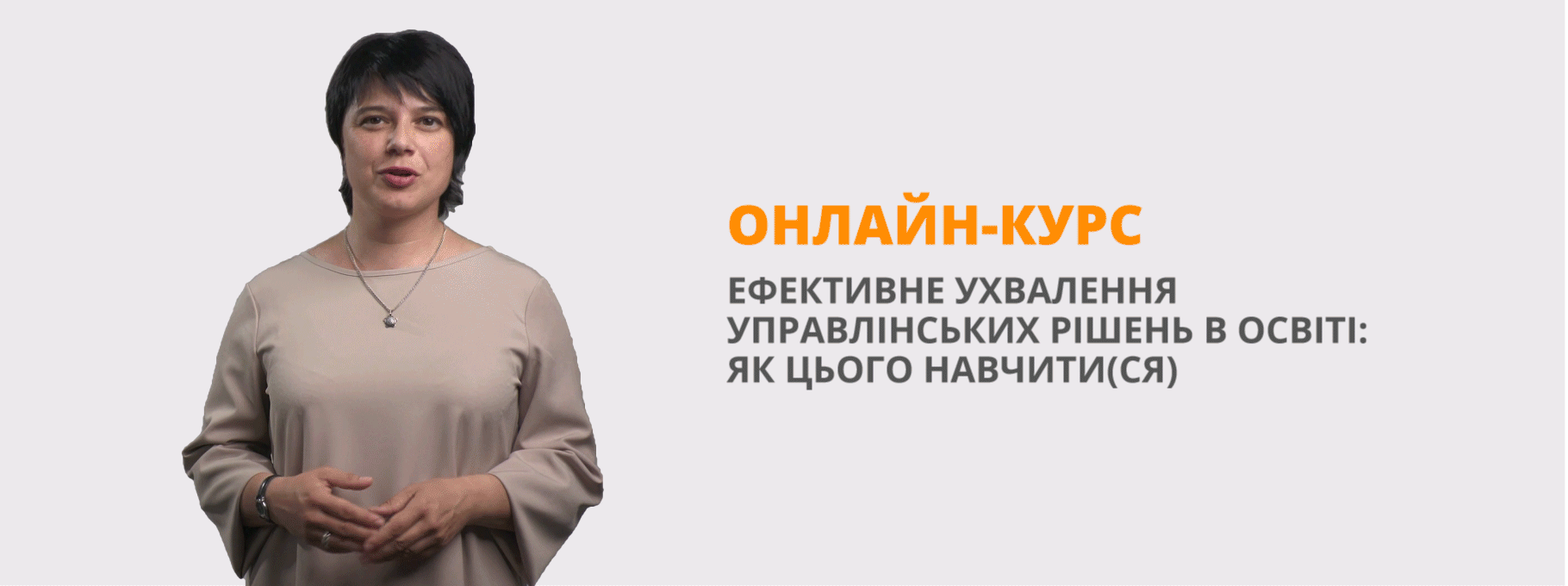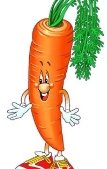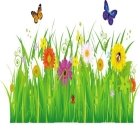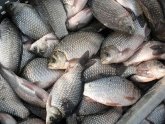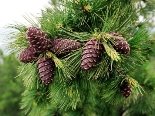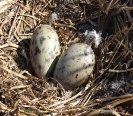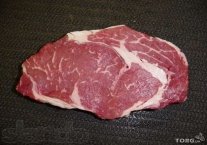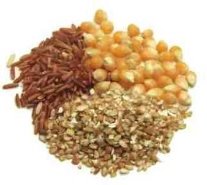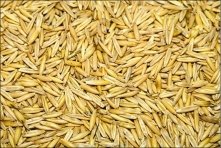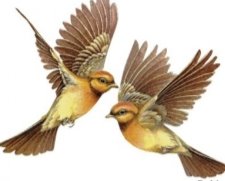Урок у 6 класі на тему "Animals"
Даний конспект уроку розроблений до підручника для 6 класу Oxford English. Project English. Student'sbook: Tom Hutchinson. буде корисним при вивченні теми "Animals". використовуючи наочні матеріали (зображення) тварин учні легко можуть перекласти слова. учні можуть закріпити свої знання з а допомогою кросворду.
ПЛАН-КОНСПЕКТ УРОКУ З АНГЛІЙСЬКОЇ МОВИ
Клас 6
Тип уроку – комбінований
ТЕМА «Animals»
Мета:
Практична:
- Сформувати репродуктивну лексичну навичку на основі лексичних одиниць з теми «Animals».
- Вдосконалювати артикуляційну навичку на основі слів зі звуками [w], [v], [i:], [i].
- Вдосконалювати репродуктивну лексичну навичку.
- Розвивати вміння аудіювання.
- Розвивати вміння діалогічного та монологічного мовлення.
Освітня: розширити лінгвістичний кругозір учнів.
Розвиваюча: розвивати мовну здогадку, комунікативні здібності, фонематичний слух та уяву учнів.
Виховна: привити любов до тварин та почуття краси.
Обладнання: навчальний підручник Oxford English. Project English. Student’sbook: Tom Hutchinson; тематичні малюнки, карта тривалості життя тварин, роздатковий матеріал, текст для аудіювання, картки та капелюх для гри у фокусника, кольорові картки з питаннями.
План-схема уроку:
І. Початок уроку
1. Привітання 1 хв.
2. Організація класу 1 хв.
3. Мовленнєва та фонетична зарядка 5 хв.
ІІ. Основна частина уроку
- Ознайомлення з новими лексичними одиницями 5 хв.
- Тренування у вживанні ЛО до теми «Animals»/ Речень It’sa…діалогу «At the restaurant» вголос. 10 хв.
- Практика в монологічному та діалогічному мовленні у ситуації «Favorite animal». 20 хв.
ІІІ. Кінець уроку
- Пояснення домашнього завдання 2 хв.
- Підведення підсумків уроку 1 хв.
Хід уроку
|
Етап, мета, прийом, режим |
Зміст роботи |
||||||||||||||||||||||||||||||||||||||||||||||||||||||||||||||||||||||||||||||||||||||||||||||||||||||||||||||||||||||||||||||||||||||||||||||||||||||||||||||||||||||||||||||||||||||||||||||||||||||||||||||||||||||||||||||||||||||||||||||||||||||||||||||||||||||||||||||||||||||||||||||||||||||||||||||||||||||||||||||||||||||||||||||||||||||||||||||||||||||||||||||||||||||||||||||||||||||||||||||||||||||||||||||||||||||||||||||||||||||||||||||||||||||||||||||||||||||||||||||||||||||||||||||||||||||||||||||||||||||||||||||||||||||||||||||||||||||||||||||||||||||||||||||||||||||||||||||||||||||||||||||||||||||||||||||||||||||||||||||||||||||||||||||||||||||||||||||||||||||||||||||||||||||||||||||||||||||||||||||||||||||||||||||||||||||||||||||||||||||||||||||||||||||||||||||||
|
Етап І. початок уроку.
Мета: повідомлення цілей уроку. Прийом: розповідь вчителя, бесіда. Режим: T-CL, T-P1, P2
Мета: вдосконалення репродуктивної лексичної навички. Прийом: відповіді на запитання. Режим: T-P1, T-P2
Мета: вдосконалення артикуляційної навички. Прийом: імітація за вчителем. Режим: T-CL, T-P1,P2
Етап ІІ. Основна частина уроку.
Мета: формування репродуктивної лексичної навички. а) демонстрація ЛО. Мета: продемонструвати ЛО. Прийом: тренування лексичних одиниць. Режим: T-CL б) семантизація ЛО. Мета: розкриття значення ЛО. Прийом: використання ілюстративної наочності. Режим: T-CL
в)фонетичне опрацювання. Мета: навчання вимовляння ЛО. Прийом: імітація. Режим: T-CL, T-P1,P2
г) перевірка розуміння Мета: впевнитися чи учні зрозуміли ЛО. Прийом: використання вправ. Режим: T-CL
Мета: вдосконалення репродуктивної лексичної навички. а) автоматизація на фразовому рівні. Мета: навчити учнів вживати ЛО. Прийом: виконання умовно-комунікативних вправ. Режим: T-P1,P2 б) автоматизація на понад фразовому рівні. Мета: навчити учнів вживати нові ЛО з раніше вивченими. Прийом: використання комунікативних вправ. Режим: P1, P2
Мета: розвинути вміння монологічного та діалогічного мовлення, розвинути вміння аудіювання. а) перед текстовий етап. Мета: створення мотивації до слухання тексту, усунення труднощів, постановка комунікативного завдання. Прийом: бесіда, некомунікативні вправи. б) текстовий етап
в) після текстовий етап. Мета: перевірка розуміння аудіо тексту. Прийом: мовні, умовно-комунікативні та комунікативні вправи. Режим: T-P1, P2
Етап ІІІ. Кінець уроку. 7.Пояснення домашнього завдання. 8.Підведення підсумків. |
T: Good afternoon, pupils! I am glad to see you. Take your seat. We can get down to work. I’ll just mark the register. Who is missing? Don’t you know why she is absent? So, it’s time to start now. We have a lot of work to do. Today we are going to talk about animals. T: What weather is it today? P: It is sunny today. T: do you like today’s weather? P: Yes! T: Look at the blackboard, please. Here you can see the life expectancy chart. Of what does it consist of? P: The chart consists of animals. T: You are right. How many animals are there? P: There are 17 animals. T: That’s nice, you are right. Today we shall learn names of animals, speak and read about them, and listen to the dialog. T: Are you in a good mood? So, now I’ll give you colored stripes with questions on it. You are to answer them.
T: What is your time-table for today?
T: How many lessons did you have yesterday?
T: When did you last time have your English lesson?
T: What day will it be tomorrow?
T:What will you do on Sunday?
T: Are the days shorter in March or in February?
T: When is it warmer in March or in April?
T: What exercise did you have to do for today?
T: How long did it take you to do it? T: Well done! And now you have to solve one puzzle about cats. I’ll give you the picture with cats on it. I will read the appearance of each cat and you are to guess which is which. Let’s start. T: Pussy hasn’t got long legs. Tiddles hasn’s got large ears. Marmaduke and Tom have got short tails. The cat with a short body isn’t Tiddles. Tom isn’t standing next to Pussy. Now l’ll read once more and you’ll tell me which is which, OK? T: Which is Pussy? P: The grey, small cat, right? T: Yes, and which is Tom? P: White cat on the left side, yes? T: Yes, and which is Marmaduke? P: It’s a red cat with short tail, right? T: Yes, you’re right. And which is Tiddles? P: it’s a stripped cat on the right side. T: Quite right! T: And now you are to repeat the following words after me. The first row repeats 1 word and the second row repeats 2 wordand so on.
VINE, WEEK, WINDIW, WOMAN, VEST, EAT, DEEP, SWEET, PEACH, THIN, VARY, BEAT.
T: And now let’s prepare our tongues to work. I’ll read you poem and you are to repeat it after me: Betty Botter bought some butter,
"But,” she said, "this butter’s bitter. T: Very good! And now, pupils, let’s imagine that we are in the zoo and let’s name each of the animal, repeat after me: T: This is a squirrel. (зображення білки) P: This is a squirrel. T: This is a rabbit. (зображення кролика) P: This is a rabbit. T: This is a sheep. (зображення) P: This is a sheep. T: This is a snake. (зображення) P: This is a snake. T: This is an owl. (зображення) P: This is an owl. T: There is a lion. (зображення) P: There is a lion. T: There is a horse. (зображення) P: There is a horse. T: There is a hippopotamus. (зображення) P: There is a hippopotamus. T: There is a pelican. (зображення) P: There is a pelican. T: This is an ostrich. (зображення) P: This is an ostrich. T: There is an alligator. (зображення) P: There is an alligator. T: This is an African elephant. (зображення) P: This is an African elephant. T: This is a parrot. (зображення) P: This is a parrot. T: This is a dolphin. (зображення) P: This is a dolphin. T: This is a rhinoceros. [raɪ́nosərəs] (зображення) P: This is a rhinoceros. T: This is a tortoise. (зображення) P: This is a tortoise. T: Excellent work. T: And now I’ll be a magician. I have a magic hat where I have pictures with many animals. I will take out one by one and you shall say which animal is it. T: (зображення слона) P: This is an elephant. T: (зображення крокодила) P: This is an alligator. T: (зображення страуса) P: This is an ostrich. T: (зображення папуги) P: This is a parrot. T: (зображення дельфіна) P: This is a dolphin. T: (зображення бегемота) P: This is a rhinoceros. T: (зображення пелікана) P: This is a pelican. T: (зображення гіпопотама) P: This is a hippopotamus. T: You made a very good job! And now let’s untie the crossword.
tusks (=long curved teeth) and a trunk (=long nose) that it can use to pick things up. (elephant)
T: Now I’ll read you some statements. If the sentence which I read is true, you should clap your hands, but if it is false you should keep silent.
T: Good job, pupils!
T: Now I wont to ask you a about the animals you afraid of? P1: I’m afraid of snakes. P2: I’m afraid of spiders. P3: I’m afraid of mice. P4: I’m afraid of rats. T: Ok well done. Now you are to answer my questions. Give right, full answer. e.g.: T: is a rabbit red? P: No, it isn’t red.
T: Amazing!
T: Now looking at pictures say which vegetables eat rabbit, elephant, tortoise, alligator, owl, pelican, lion, hippopotamus, ostrich, squirrel, horse, snake, sheep, parrot, dolphin, rhinoceros. Yo may not know such words as: Овес – oats; шишки – snags
T: Good job! And now tell, please, each other about favorite animals and why do you like them.
T: Very well done! Tell me please, do you like fruits? What’s your favorite fruit/ vegetable? Do you like gifts? What do you like more give or receive presents? T: And now get ready to listen to the dialogue, while listening try to remember what Igor have ordered. Before listening you have to know several phrases: There you go – ось, будь ласка grilled salmon – жарений лосось bill – чек So, let’s start to hear attentively. Hostess. Hi! Welcome to Paradise. Do you have a reservation? Igor Smirnov. Yes, we do. Hostess. Your name, please? Igor Smirnov. Smirnov. Hostess. OK, Mr Smirnov. Right this way, please. (Shows a table) Igor Smirnov. Could we get a table by the window? Hostess. Yes, of course. This way, please. Is it OK? Igor Smirnov. Yes, thanks a lot. Hostess. Have a nice time. Waiter. Welcome to Paradise. Here are your menus. I’ll be back to take your order in a minute. Waiter (After a couple of minutes). Are you ready to order? Igor Smirnov. Not yet, give us a second, please. Waiter (After a couple of minutes). No problem. I’ll be back in a couple of minutes…. (After a couple of minutes) What would you like to order? Igor Smirnov. I’ll have the grilled salmon. Waiter. And you? Igor Smirnov’s wife. I’ll have the spaghetti. Waiter. Would you like anything to drink? Igor Smirnov. I’ll have green tea. Waiter. And you? Igor Smirnov’s wife. I’ll have juice. What kind of juice do you have? Waiter. Orange, mango, apple and pineapple. Igor Smirnov’s wife. One pineapple juice please. Waiter. OK. So that’s one grilled salmon, one spaghetti, one green tea, and one pineapple juice. Waiter (After a time). Here you are. Enjoy your meal. Waiter (After a time). How was everything? Igor Smirnov. Delicious, thanks! Waiter. Would you like anything for dessert? Igor Smirnov. No, thank you. Waiter. Can I get you anything else? Igor Smirnov. No, just the bill please. Waiter. Sure. I’ll be right back with that… Do you want to pay separately? Igor Smirnov. No, you can put it all on one bill. Waiter. (Brings the bill) There you go. Igor Smirnov. (Give the money to the waiter) Thanks a lot.
T: And now try, please, to tell us what have you remembered from the dialog. T: Right now try to imagine, that your friend will soon celebrate birthday and you have to find out what is his favorite color, what toys he likes. T: Fantastic!
T: Now put down your homework for the next time. You are to do the exercise 1 at p. 68 (here you have to read the information above and insert the correct word into the gaps). T: You were very active today: I’m very pleased with all of you. So, you’ll receive good marks. They are… T: Thank you for your work. The lesson is over. You may be free. Good bye, pupils. |
||||||||||||||||||||||||||||||||||||||||||||||||||||||||||||||||||||||||||||||||||||||||||||||||||||||||||||||||||||||||||||||||||||||||||||||||||||||||||||||||||||||||||||||||||||||||||||||||||||||||||||||||||||||||||||||||||||||||||||||||||||||||||||||||||||||||||||||||||||||||||||||||||||||||||||||||||||||||||||||||||||||||||||||||||||||||||||||||||||||||||||||||||||||||||||||||||||||||||||||||||||||||||||||||||||||||||||||||||||||||||||||||||||||||||||||||||||||||||||||||||||||||||||||||||||||||||||||||||||||||||||||||||||||||||||||||||||||||||||||||||||||||||||||||||||||||||||||||||||||||||||||||||||||||||||||||||||||||||||||||||||||||||||||||||||||||||||||||||||||||||||||||||||||||||||||||||||||||||||||||||||||||||||||||||||||||||||||||||||||||||||||||||||||||||||||||


про публікацію авторської розробки
Додати розробку
